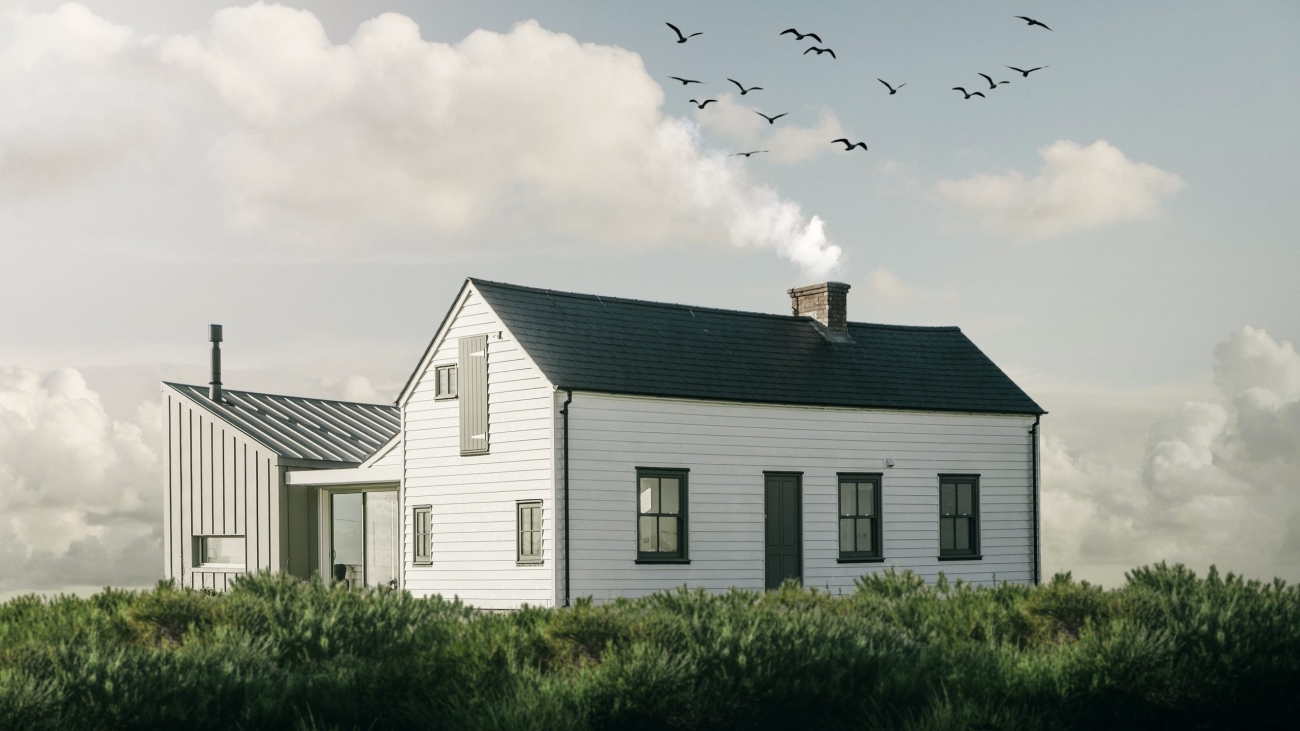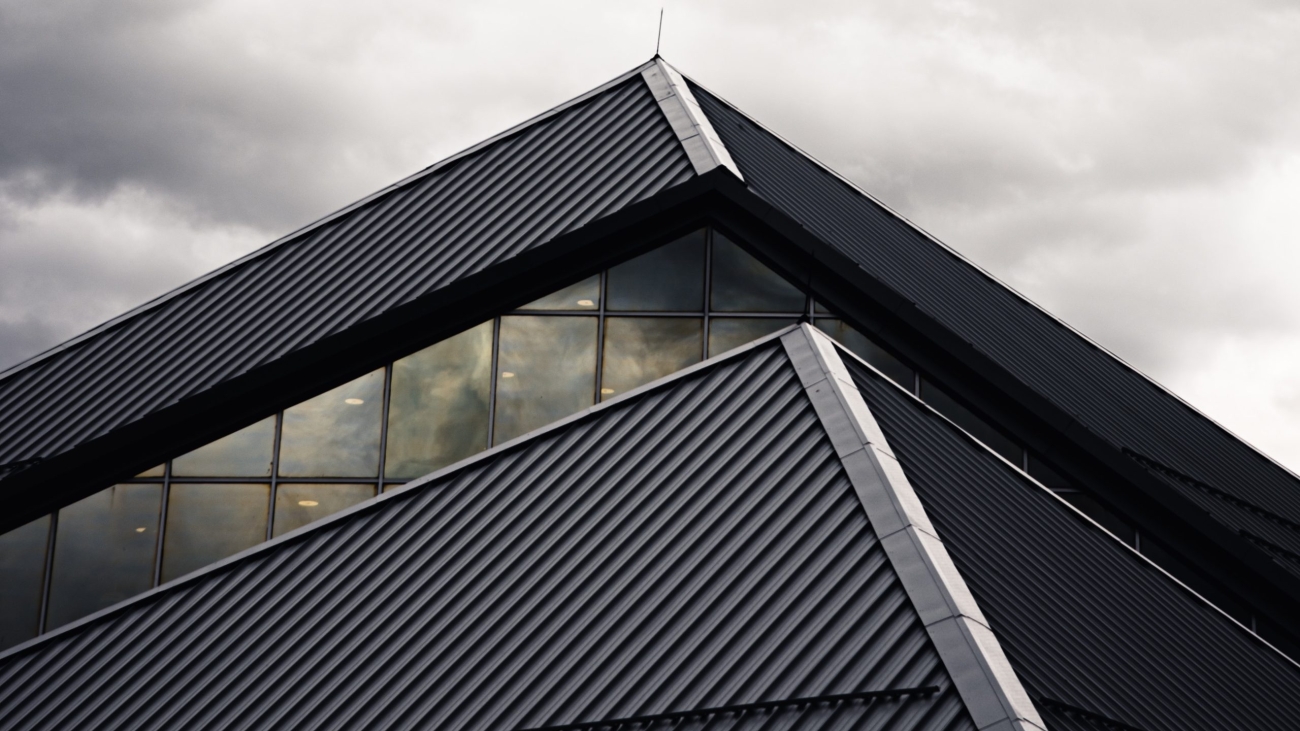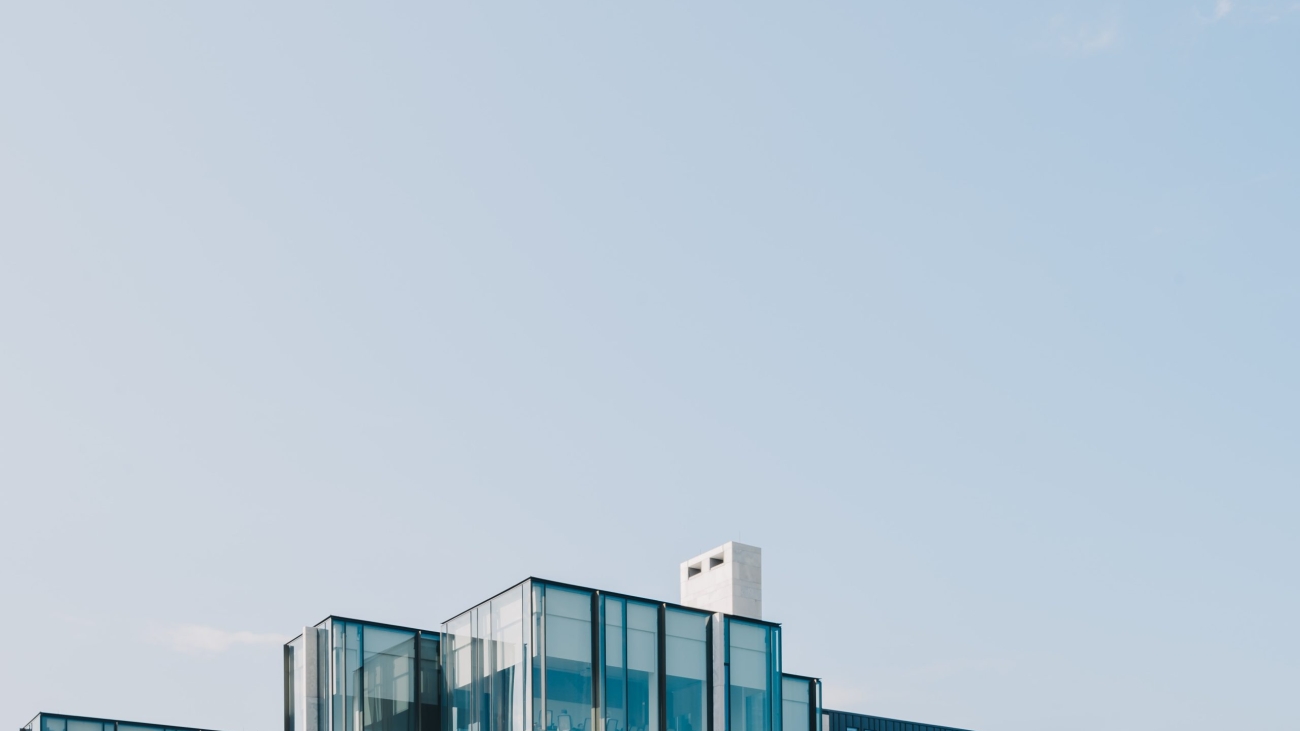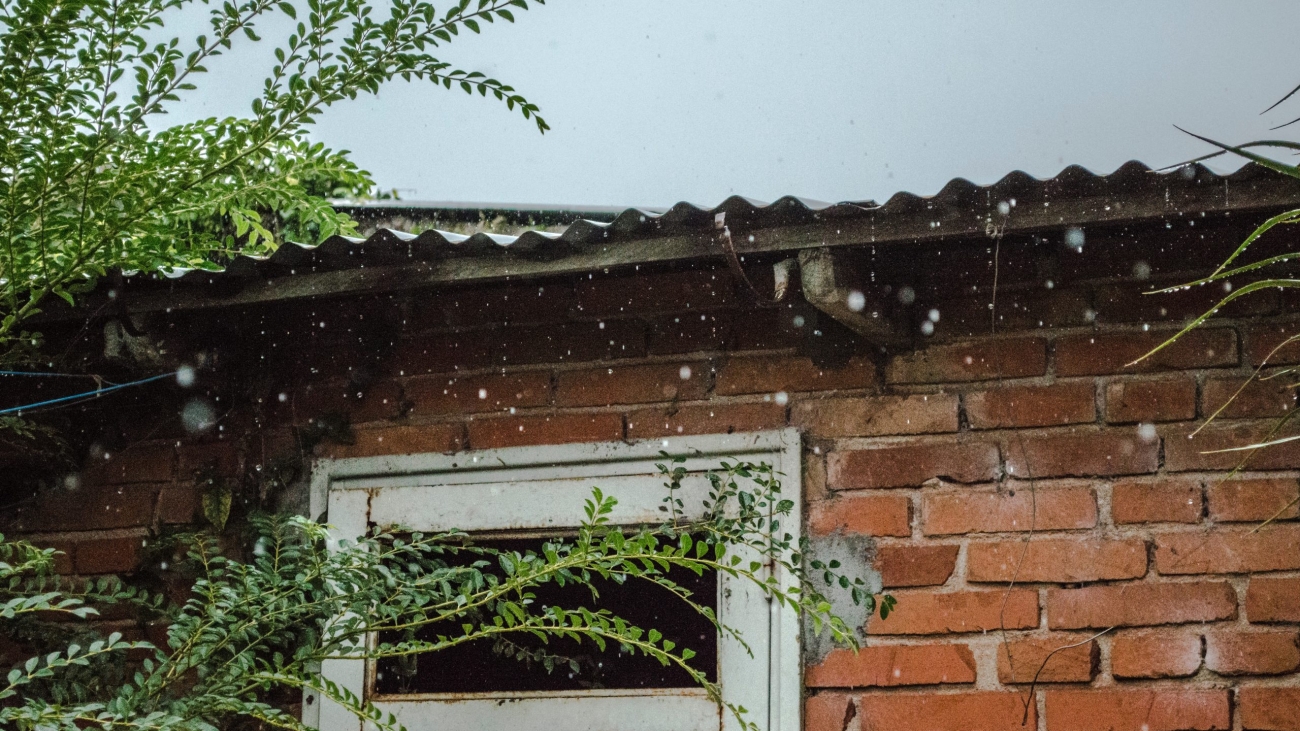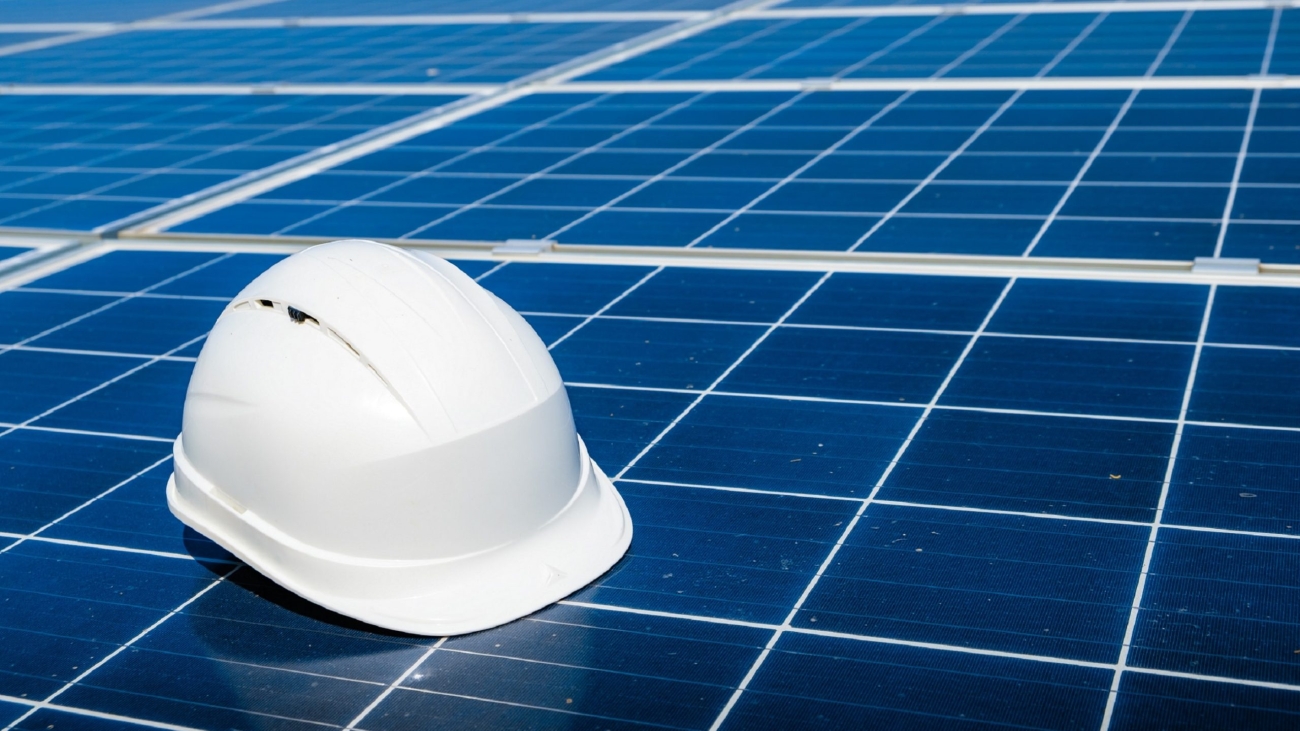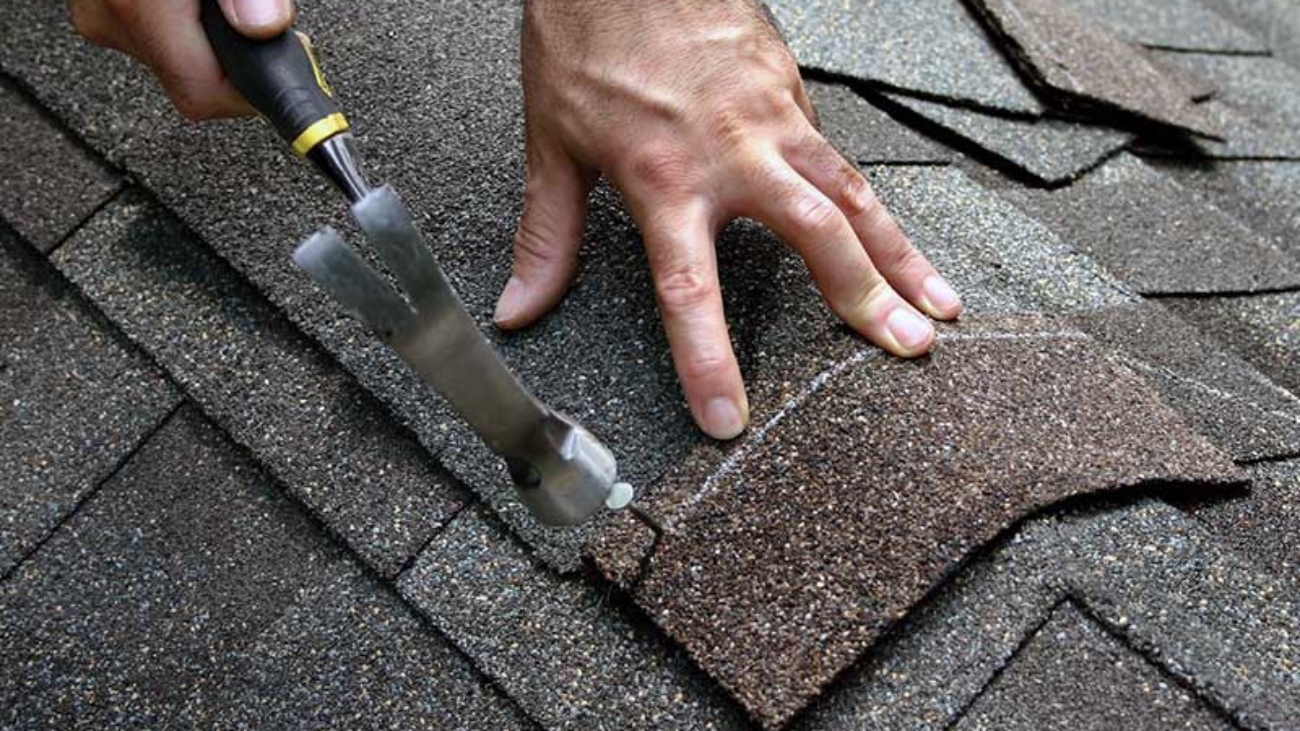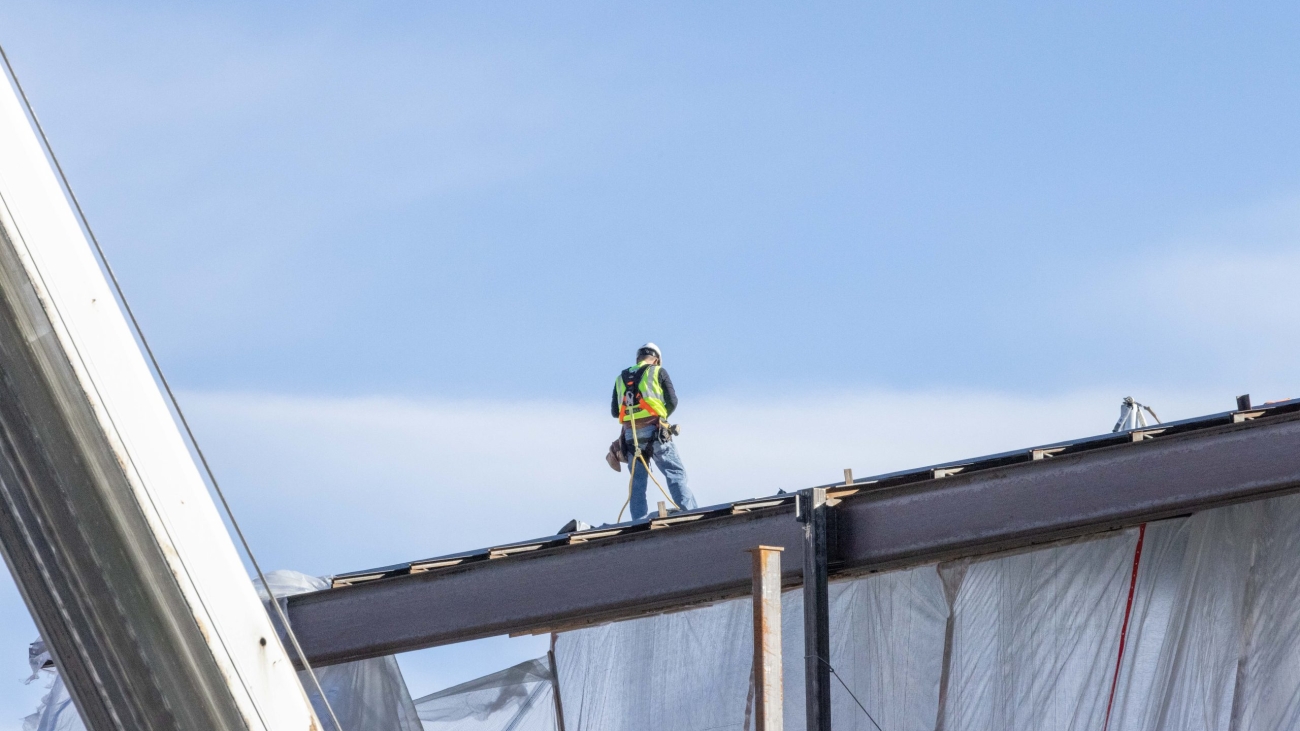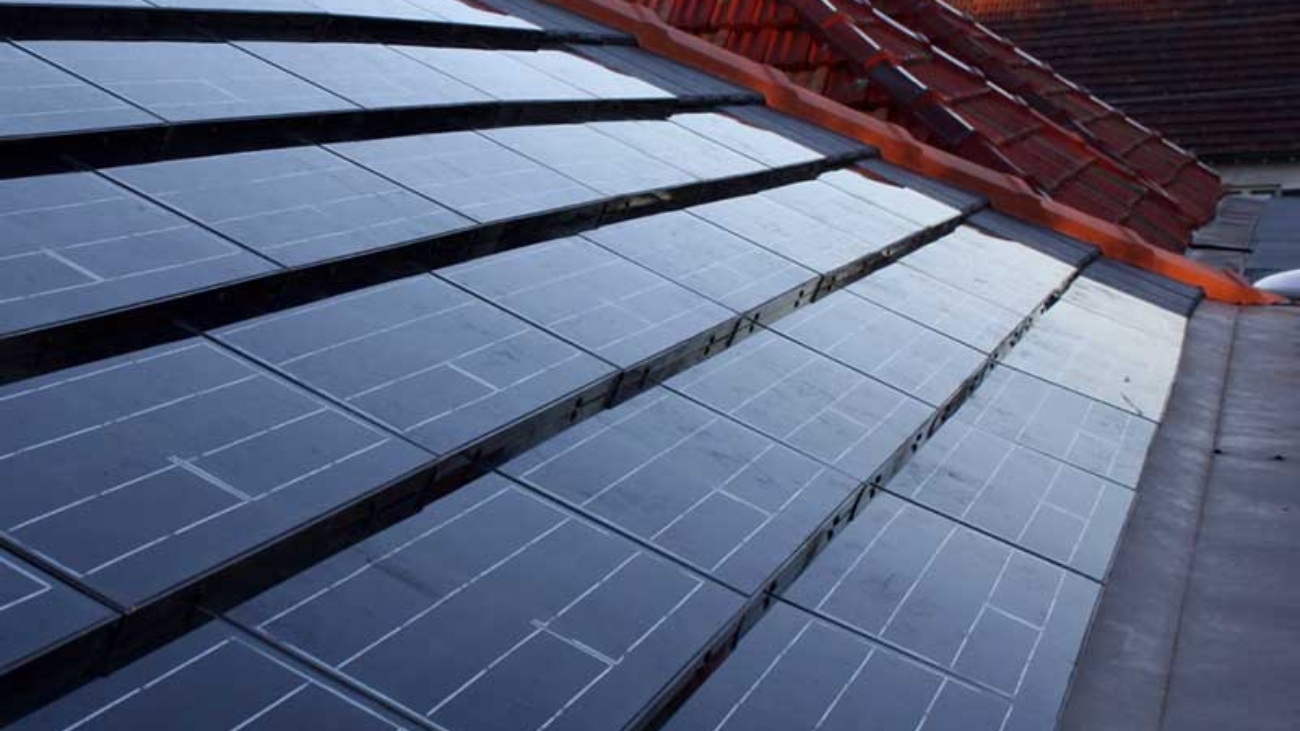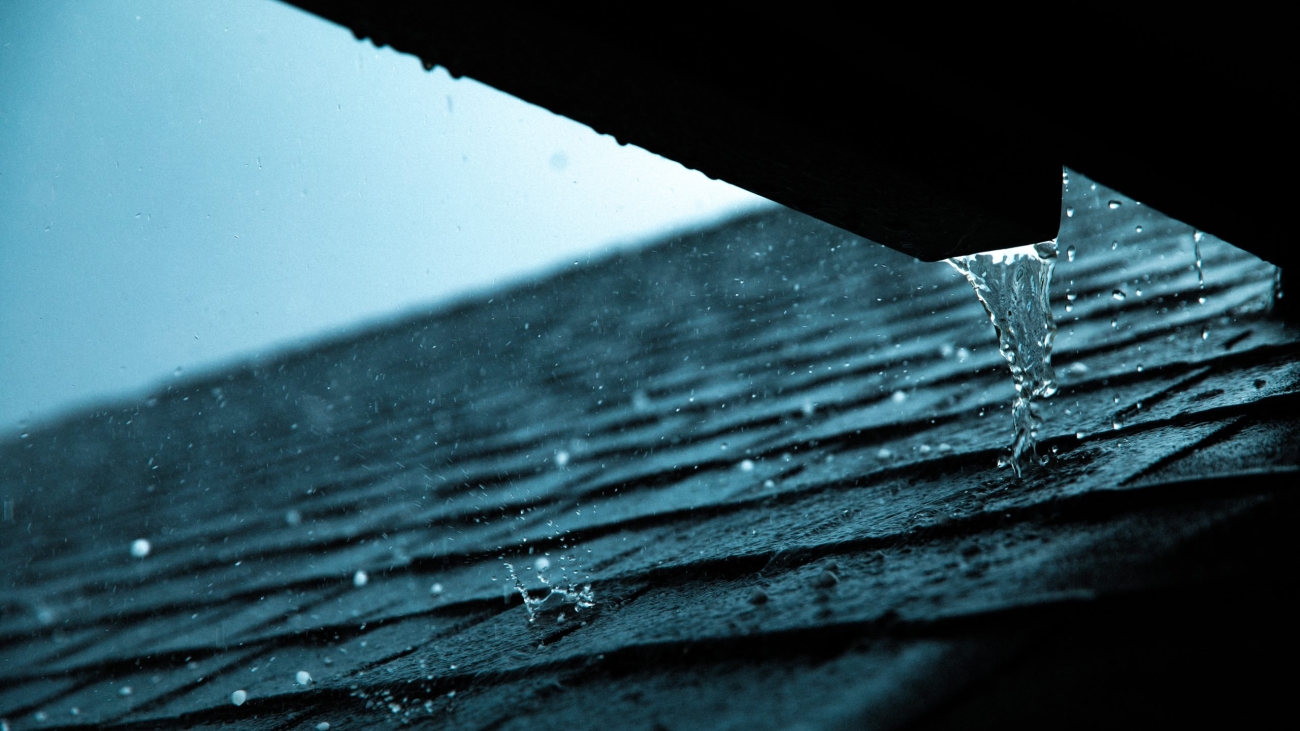What roofing materials last the longest?
When it comes to fixing your roof or installing a brand new roof, you want to choose materials that are going to last. While some roofing materials may seem like the perfect choice because they’re super affordable, you might have to replace them sooner than you’d think. Other materials on the market can last more than 50 years if maintained properly but could be too pricey for your budget. In this blog post, we will dive into some of the longest lasting roofing materials.
1. Slate
Slate is arguably the longest lasting roofing material you can choose from. Some soft slate materials will last 50 years while other harder slates will last up to 200 years. Slate is a natural substance that comes from clay and volcanic dust, also known as metamorphic rock. Slate roofs have been around for thousands of years, acting as one of the most durable and long lasting materials on the market. Because it is a stone, slate is fire resistant. This makes it a popular choice for people living in climates with harsh weather conditions such as strong winds.
If you’re searching for a sleek and beautiful roof that will last you a very long time, slate could be for you. However, because slate is a premium roofing material, it is very costly. This is because it is hard to install, it is very heavy and it’s fragile. That’s why it is important to hire a knowledgeable professional for the job because not everyone knows how to install slate roofs.
On a positive note, if you can afford the initial installation, you won’t need to worry about too much maintenance. That’s because slate is durable and does not require lots of upkeep, other than regular inspections and cleaning. Slate is available in many different colors and shapes, offering plenty of options for homeowners seeking different appearances. Slate is built to last which is why despite its high cost, it is seen as a valuable investment.
2. Metal
Another great long lasting and low maintenance roofing material is metal. Metal roofs have become increasingly popular among both residential and commercial building owners because of their longevity. They are on the more expensive side but luckily they can last up to 50 years if installed correctly. One of the greatest benefits of a metal roof is their inability to rot and grow mold. This also means insects will not impact the structure, like they sometimes do with typical shingled roofs.
Metal roofs are another great option for homeowners in places with harsh climates and they are fire resistant. Compared to a typical roof, metal does not usually erode and it actually reflects sunlight. What this means is your metal roof will last a long time, even when exposed to plenty of sunlight or other elements such as snow and rain water. Because it reflects sunlight, your metal roof can actually lower your energy costs! And unlike heavy slate tiles, metal roofs are lightweight. If you’re looking for a durable roof that will last you a long time, metal roofing could be the right choice for you! Once installed, it requires little maintenance and no, you won’t have to worry about resealing or repainting! So next time you ask ‘what roofing materials last the longest?’ Remember metal roofs are on the top of the list.
3. Concrete
Concrete is another roofing material with a lifespan that can last more than 50 years if properly maintained. In some cases even 100 years! Concrete is commonly used to achieve Spanish style roofing systems. These types of roofs are timeless and beautiful. Concrete can be more expensive than metal roofs, depending on a variety of factors such as the slope, thickness, design and of course, labor costs. If you haven’t caught on yet, longer lasting roofing materials will always be more costly than materials with short lifespans. You will always get what you pay for!
Concrete is extremely heavy, similar to slate. This means it won’t work for every home and can only be installed if the home’s structure is strong enough. It is imperative that you have a professional inspect your home before agreeing to install a concrete roof. So why are concrete roofs a good choice despite their weight? Their durability and ability to withstand fires are some of the most important aspects. Let’s also talk about environmental impacts. Concrete is sustainably formulated and in some cases can be made of recycled materials. With climate change increasingly becoming a concern, many homeowners seek to use sustainable materials for their projects and this includes concrete.
What about asphalt shingles?
Asphalt shingles are inarguably the most popular choice when it comes to residential roofing systems. However, this is not because they are the longest lasting option on the market. It’s because they are easy to install and in turn, low cost. Many homeowners do not have high budgets which means they must install a cheaper roof that will need to be repaired often and/or replaced sooner. On average, asphalt shingles will last between 12 and 15 years. In some cases, they can last longer but usually not past 20 years. That is still a relatively good lifespan so don’t assume asphalt shingles are bad! They are easy to install and repair, unlike many of the longer lasting materials we listed above. There are pros and cons to all roofing systems. That is why it’s important to consult a professional when wondering what roofing materials last the longest and what materials are best suited for your job. The experts at Cambie Roofing can help. Contact us today for a free estimate.

